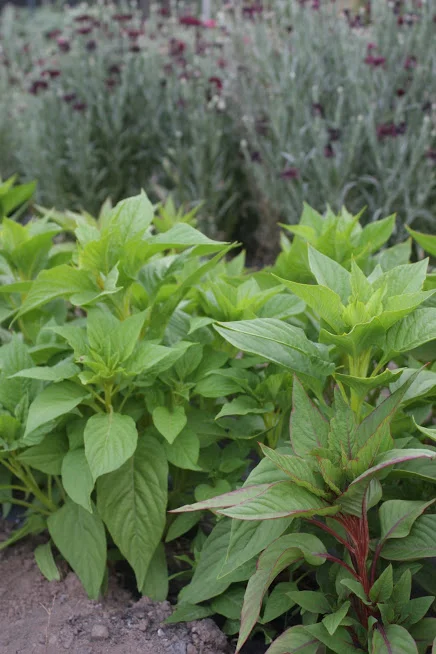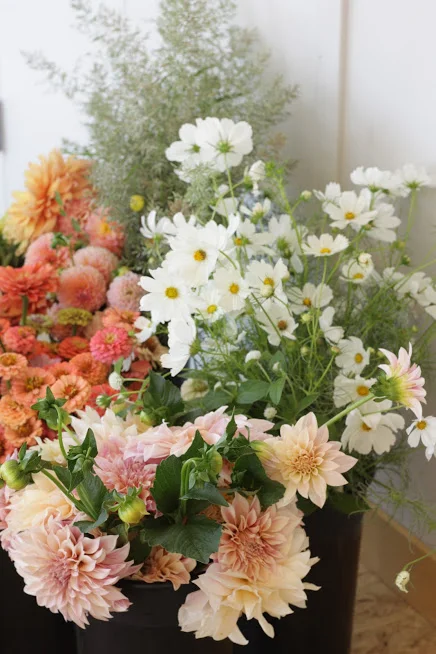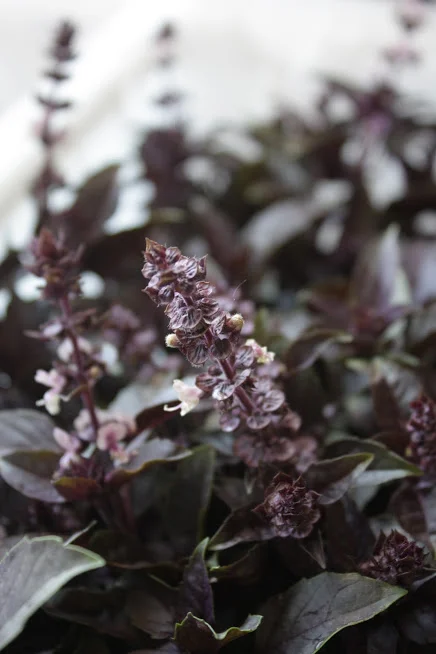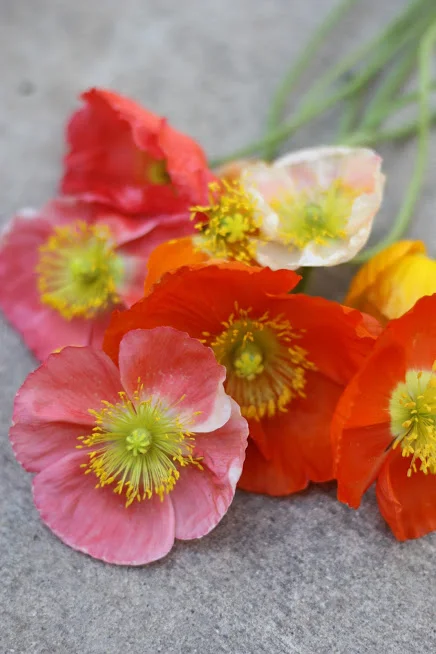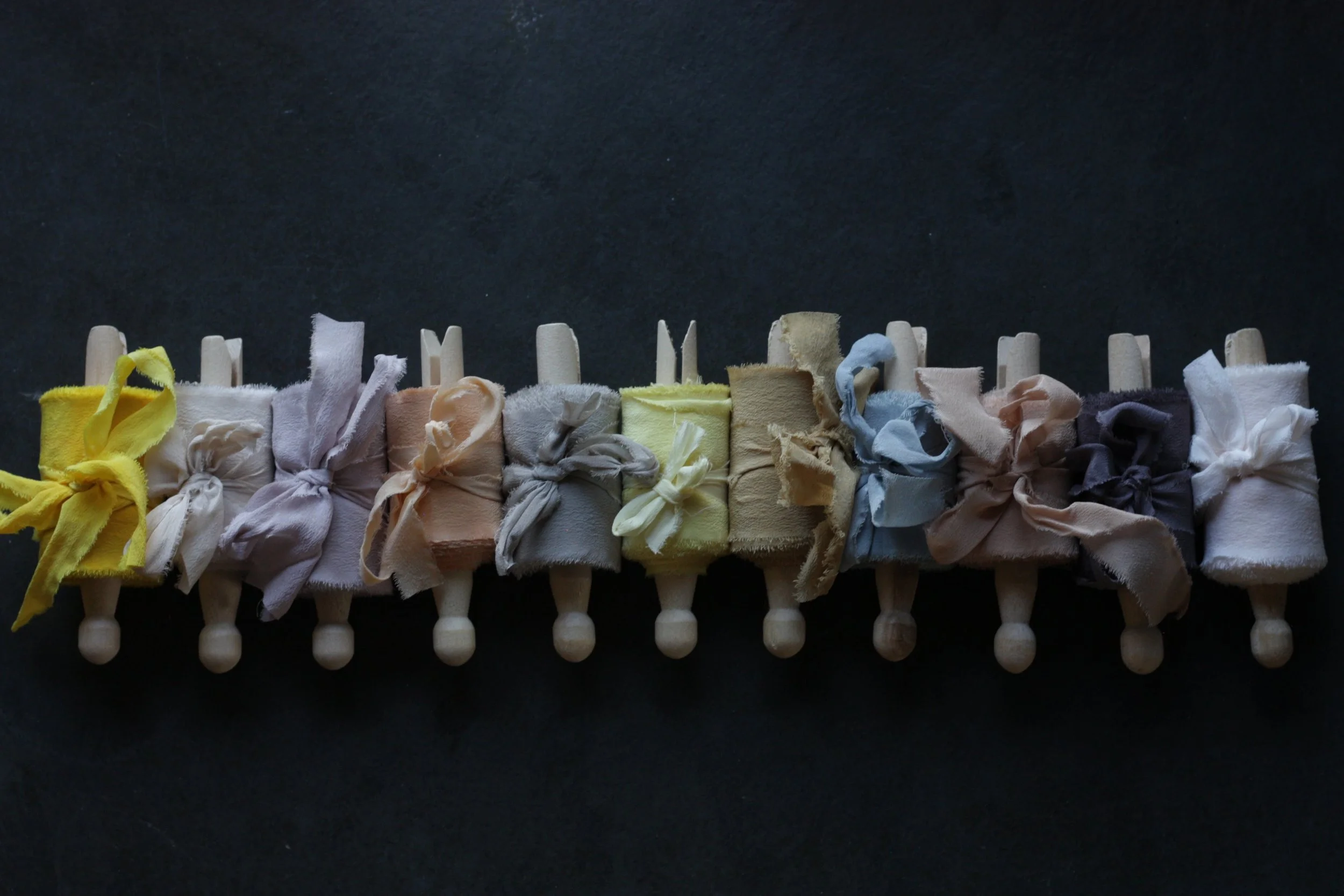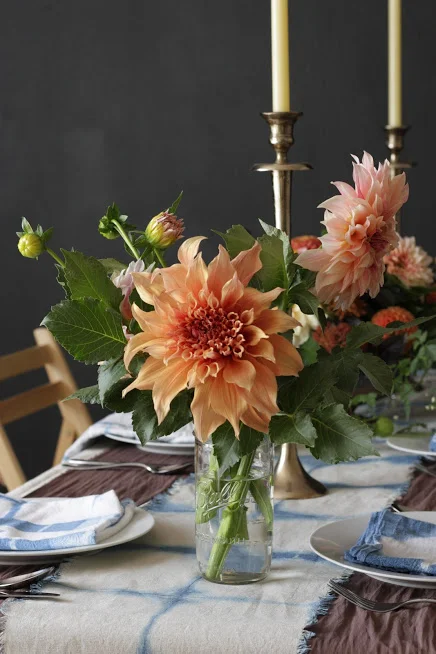I’ll be going over the species that we’ll be using for our cutting garden.
While we could easily spend thousands of dollars on this project, I’ve decided to limit it to $!00 for seeds and plants.
Why $100? That’s within the budget for most people. Even a teenager wanting to start their own business could probably find $!00 in seed money (ha!) to get themselves started.
It’s also important to ensure that if you’re doing this as a business, you keep your overhead low.
I also decided to source from seed suppliers that don’t require a wholesale account and are readily accessible to the public.
After a lot of poring through seed catalogs and websites, I decided on Johnny’s Select Seeds as the best company. They have excellent customer service, a good selection of seeds, high quality product, and are very economical when it comes to their prices.
Read More

